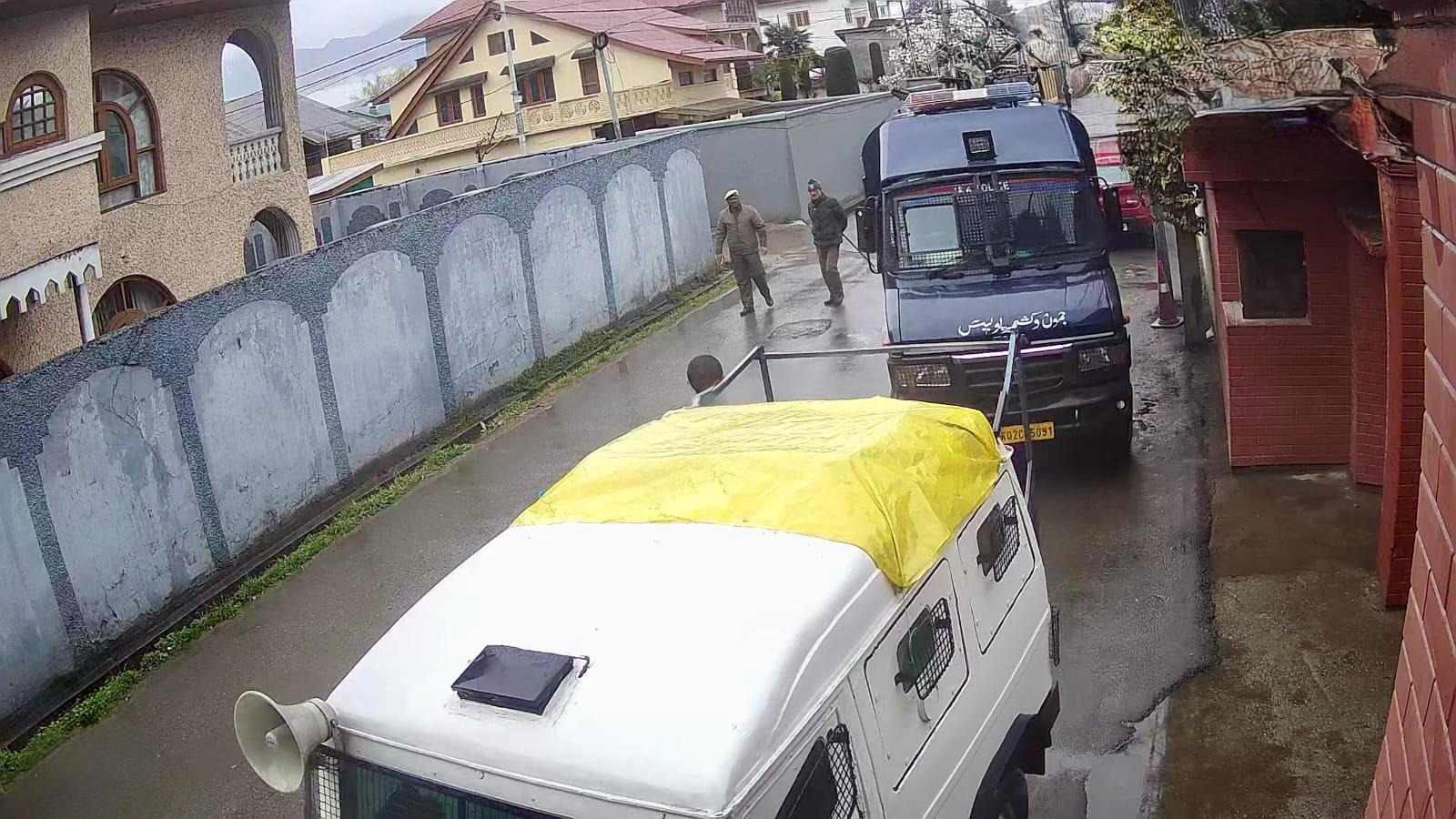NASA shared an image of a region that includes the Orion nebula, made by combining previously released data from three regions. The nebula and the constellation it can be found in are named after Orion, a mighty giant hunter figure in Greek mythology but this image from the space agency reveals a story that is as dramatic as the hunter’s.
The two giant cavities that dominate the dust cloud were carved out by giant stars that can release up to a million times more light than our Sun. Even though the stars themselves are not visible in the image, their radiation breaks apart dust grains, creating cavities. Most of the remaining dust is swept apart by stellar winds and by stars dying in supernovae.
The blue parts of the image indicate dust that is warmer than the surroundings. The green-coloured dust that appears at the edge of the two cavities is slightly cooler and the red dust reaches temperatures of minus 260 degrees Celsius. The red and green light shows data from the European Space Agency’s Herschel Space Telescope which captured light in the far-infrared and microwave range. The blue part of the image was created using data from the Spitzer Space Telescope and the Wide-Field Infrared Survey Explorer (WISE).
The orange filaments in between the two caverns are where dust condenses and forms new stars. These filaments may produce new giant stars over time, which will once again reshape the region.
In September this year, an international team of astronomers released a James Webb Telescope image of the Orion Nebula with young stars cocooned by disks of gas and dust. The Webb image was actually a composite of many filters which each represent emissions from ionised gas, hydrocarbons, molecular gas, dust and scattered starlight.









